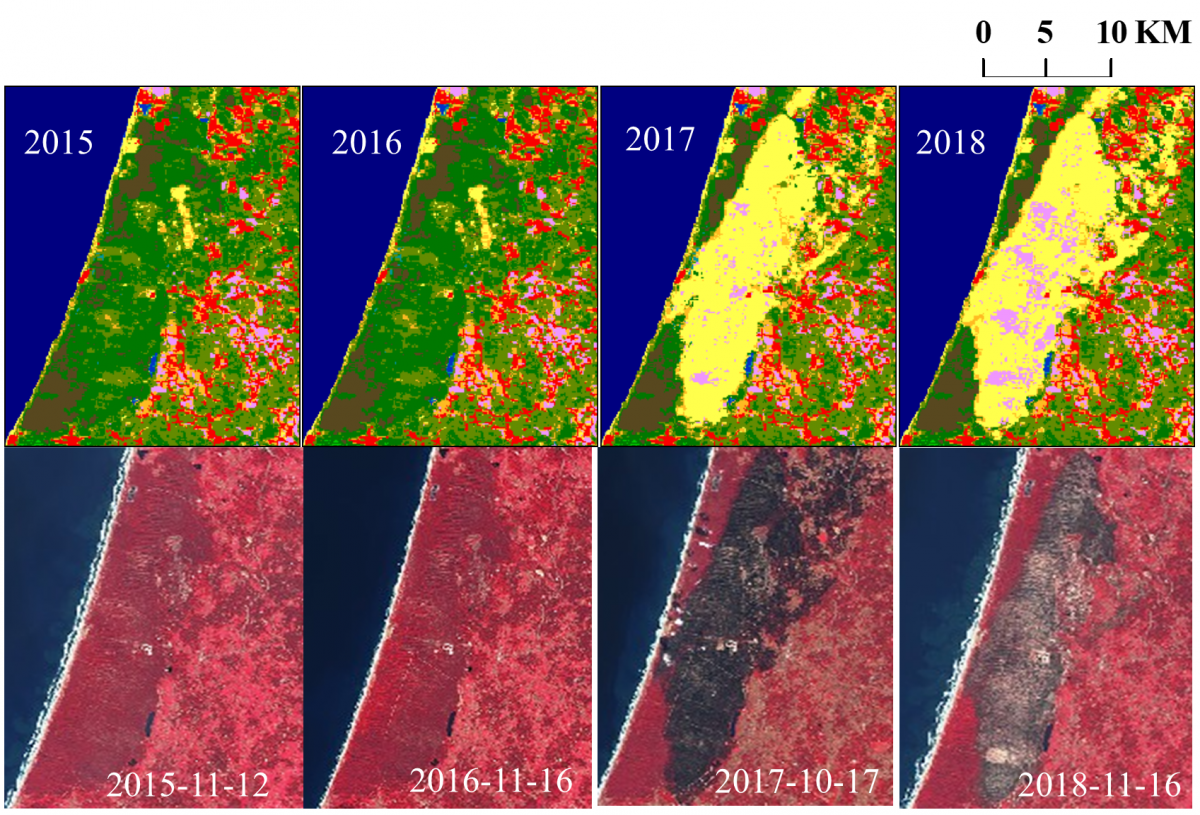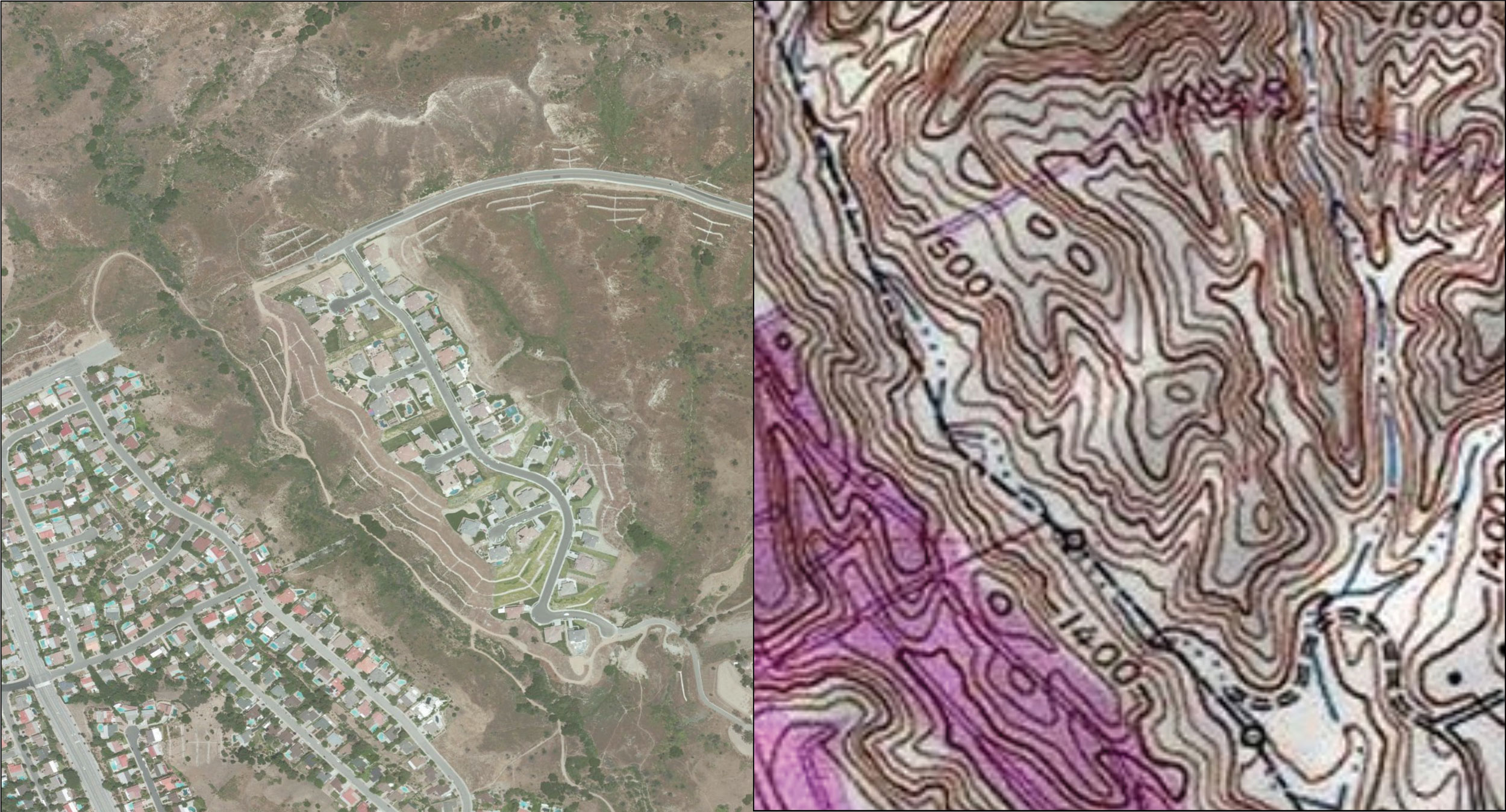Sophia Hartman is a renowned writer in the field of AI art prompts. Her creative approach to AI art has inspired many and she has a knack for identifying trends in AI-generated art before they become mainstream.
Understanding the difference between raster and vector data in GIS is fundamental to making the best use of this powerful tool. Let's dive right in.
🔍 Unraveling the Pixelated World of Raster Data in GIS
Raster data in GIS is essentially a grid-based representation of a geographical area. Each cell in the grid, also known as a pixel, holds a value that represents certain information, such as elevation, temperature, or land use. The resolution of raster data is determined by the size of the cells - smaller cells provide a higher resolution and more detailed information.

Raster data is particularly useful when representing continuous data, such as temperature or elevation across a landscape. However, its grid-based structure can result in large file sizes and it may not accurately represent complex geographical features.
📍 Navigating Through the Precise Lines of Vector Data in GIS
Vector data, on the other hand, uses points, lines, and polygons to represent geographical features. These features are defined by coordinates and can represent a variety of data - points for specific locations (like cities), lines for linear features (like roads), and polygons for areas (like lakes).

Vector data excels at representing discrete data and complex geographical features accurately. It also tends to have smaller file sizes than raster data. However, it can be more complex to work with, particularly when dealing with intricate spatial relationships.
Comparison of Raster and Vector Data Characteristics
To better understand the differences between raster and vector data, let's compare their characteristics in the following table:
| Characteristics | Raster Data | Vector Data |
|---|---|---|
| Data Representation | Grid-based, each cell represents a geographical area | Uses points, lines, and polygons to represent geographical features |
| Data Type | Best for representing continuous data like temperature or elevation | Excels at representing discrete data and complex geographical features |
| File Size | Tends to have larger file sizes | Usually smaller file sizes |
| Complexity | Simpler to work with | Can be more complex, especially when dealing with intricate spatial relationships |
As you can see, both raster and vector data have their unique strengths and weaknesses. Depending on your specific needs, one may be more suitable than the other.
🥊 Raster vs Vector in GIS: The Ultimate Showdown
So, what's the difference? The key difference between raster and vector data in GIS lies in how they represent geographical features. Raster data uses a grid of cells, each holding a value, while vector data uses coordinates to define points, lines, and polygons. This results in different strengths and weaknesses for each data type.
Raster data is best for representing continuous data and is simpler to use, but may struggle with complex features and result in larger file sizes. Vector data accurately represents complex features and has smaller file sizes, but can be more complex to work with.
Raster and Vector Data in GIS
Test your knowledge on the difference between raster and vector data in GIS.
Learn more about 🎯 Quiz: Raster vs Vector Data in GIS or discover other tokendly quizzes.
Understanding the difference between these two data types is crucial in GIS. Depending on your specific needs, one may be more suitable than the other. For more in-depth information, check out these articles on the future of vector databases and venturing into vector databases.
Remember, the best GIS data type is the one that best suits your specific needs. So, don't be afraid to experiment and find the best fit for your project!
Which GIS data type do you prefer to work with?
As a GIS professional or enthusiast, you might have a preference for either raster or vector data. Which one do you find more useful or easier to work with in your projects?
















